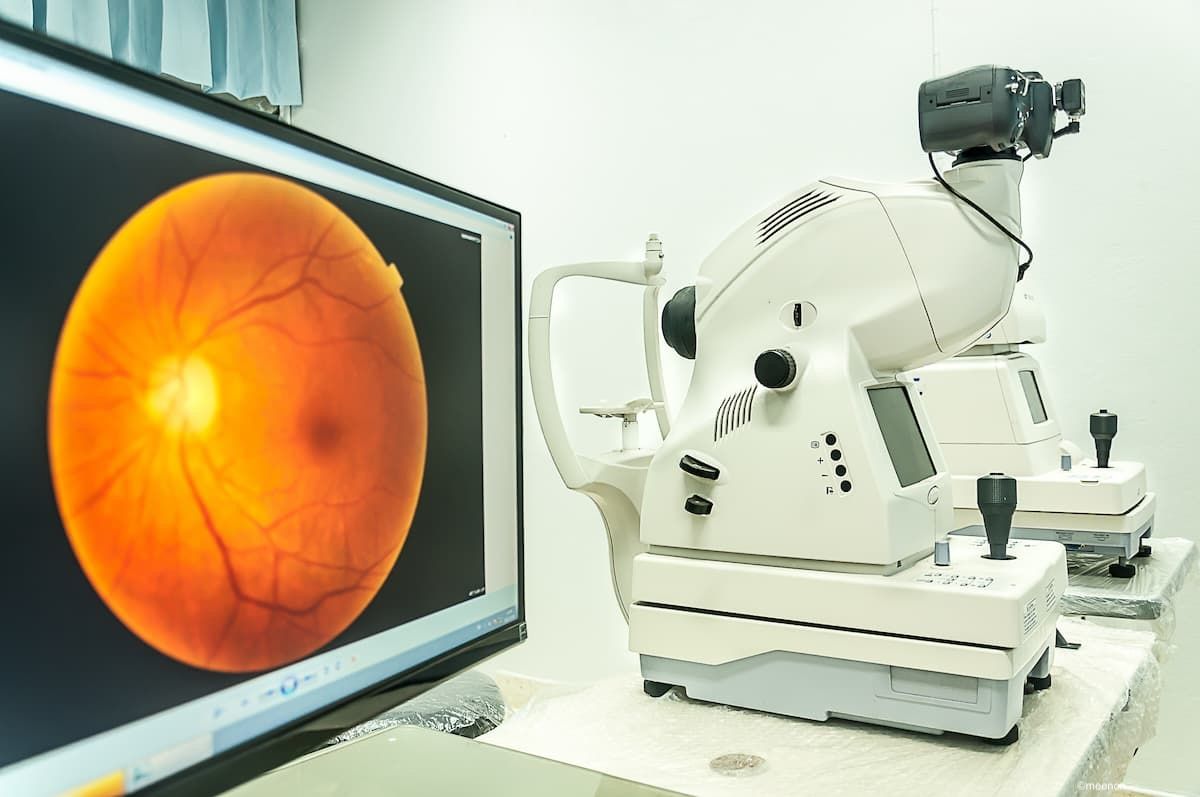Article
Relative afferent pupillary defect a red flag in decreased visual acuity
Relative afferent pupillary defect can be clinically relevant as a red flag indicating that a decrease in visual acuity may be due to something more ominous than a refractive error or media opacity, namely a retinal or optic nerve problem.

The presence of the RAPD also helps to confirm other test abnormalities, such as a visual field defect in one eye.
For these reasons, ophthalmologists should measure RAPDs, according to Randy H. Kardon, MD, PhD.
Why measure RAPDs?
"Measuring this abnormality is one of the fastest noninvasive tests of retinal and optic nerve function," said Dr. Kardon, professor of ophthalmology and director of neuro-ophthalmology, University of Iowa, and professor of ophthalmology, Surgery Division, Veterans Administration Hospital, Iowa City. "[It] is low cost, has immediate results, and can be obtained in a variety of settings. The RAPD helps to confirm or refute abnormal [test results], such as an abnormal visual field result in one eye that may not be reliable.
"The RAPD also signifies an important red flag in the clinical evaluation of decreased vision," Dr. Kardon added. "For example, during a cataract preoperative evaluation, it could signify an unexpected underlying retina or optic nerve pathology that could affect the prognosis before the surgery is performed."

In measuring and quantifying an RAPD, always remember that magnification helps, Dr. Kardon said. Magnify the pupils with plus lenses worn by the clinician or the patient.
In addition, observe the amplitude of the initial pupil contraction.
"If the clinician tries to look at too many things during the test, the evaluation might become confusing," he said.
Finally, he advised, observe a few light swings back and forth between the eyes to estimate the average difference in pupil reactions.





